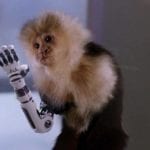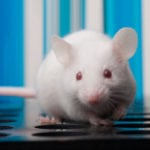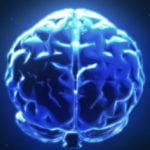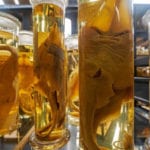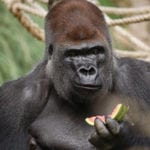 Mysteries
Mysteries  Mysteries
Mysteries  Creepy
Creepy 10 Scary Tales from the Middle Ages That’ll Keep You up at Night
 Humans
Humans 10 One-of-a-kind People the World Said Goodbye to in July 2024
 Movies and TV
Movies and TV 10 Holiday Movies Released at Odd Times of the Year
 Politics
Politics 10 Countries Where Religion and Politics Are Inseparable
 Weird Stuff
Weird Stuff 10 Freaky Times When Famous Body Parts Were Stolen
 Miscellaneous
Miscellaneous 10 Interesting Things Manufacturers Stopped Making and Why
 Gaming
Gaming 10 Funny Tutorials in Games
 History
History 10 Fascinating Little-Known Events in Mexican History
 Facts
Facts 10 Things You May Not Know about the Statue of Liberty
 Mysteries
Mysteries 10 Devastating Missing Child Cases That Remain Unsolved
 Creepy
Creepy 10 Scary Tales from the Middle Ages That’ll Keep You up at Night
 Humans
Humans 10 One-of-a-kind People the World Said Goodbye to in July 2024
Who's Behind Listverse?

Jamie Frater
Head Editor
Jamie founded Listverse due to an insatiable desire to share fascinating, obscure, and bizarre facts. He has been a guest speaker on numerous national radio and television stations and is a five time published author.
More About Us Movies and TV
Movies and TV 10 Holiday Movies Released at Odd Times of the Year
 Politics
Politics 10 Countries Where Religion and Politics Are Inseparable
 Weird Stuff
Weird Stuff 10 Freaky Times When Famous Body Parts Were Stolen
 Miscellaneous
Miscellaneous 10 Interesting Things Manufacturers Stopped Making and Why
 Gaming
Gaming 10 Funny Tutorials in Games
 History
History 10 Fascinating Little-Known Events in Mexican History
 Facts
Facts 10 Things You May Not Know about the Statue of Liberty
10 Experiments Showing Animals Are Super Smart
The intelligence of animals is an interesting and varied subject. Now everyone knows that dolphins and chimps display great deals of intelligence when tested, but we wanted to show you 10 lesser known animals that in comparable experiments have surprised everyone by proving that they’re way smarter than anyone ever expected.

The chicken’s brain is so tiny and inconsequential to its ability to survive that they’re actually able to live a relatively normal life without a head (like Mike the chicken in the picture above). If the fact a chicken can survive without the majority of its grey matter isn’t a sign it doesn’t need its brain, we don’t know what is.
However chickens have been shown to have a remarkably sophisticated way of communicating. In one experiment the call of a chicken that had found food was played to a bunch of domesticated fowl. Rather than simply celebrating as expected, the chickens reacted rather differently, instead articulating that food had been found to each other. An example of what scientists call, “representational signaling” something it was previously thought only primates and humans were capable of.
It was also discovered in the same experiment that chickens were able to differentiate between corn and regular rations using specific calls, again something it was believed only primate species could do.
This means that chickens are actually able to communicate a vast amount of differing information via a variety of calls, from warning each other about predators to alerting other members of their species to where food is. Not bad for a creature we consume mostly in bucket form.
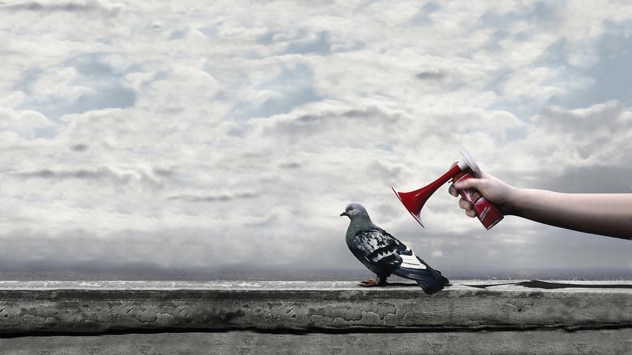
Pigeons get a pretty bum rap. Not only are they stuck with less flattering nicknames than the half of the Wu-Tang Clan no one can recognize, “rats of the sky” and “flying disease bags” to name but a few, but they’re also considered vermin by almost the entire western world.
Despite this, in experiments, pigeons have been shown to possess a cognitive ability that is considered essential to our own intelligence: the ability to note whether things are different or similar from one another. For example, if shown a picture of two cars and one of a car and a truck, a person could easily recognize that one picture shows things that are the same while the other does not. Though it seems rather simple to us, this is an example of abstract thinking, a concept that is to quote, the “backbone of our thinking”.
In an experiment using a touch screen computer, a pigeon was easily able to grasp this concept. For comparison sake, the exact same experiment was performed with baboons and a similar result was found. Now considering baboons have tiny little people hands, the news that they possess the ability to recognize an abstract concept like “same or different” isn’t that much of stretch, but pigeons on the other hand, who’d have thought they have the ability do anything other than fly at your face when you least expect it.
In another experiment it was also discovered that pigeons also posses the ability to recognize themselves in a mirror with the same level of accuracy as a three year old child. Self recognition is an incredibly rare ability only found in a handful of animals and pigeons, one of the most hated and reviled birds on our planet can do it better than our own children.

Just in case you weren’t afraid of spiders enough already, we’re now going to explain to you how we’ve discovered that they’re actually smarter than you ever thought possible. Straight off the bat, though normally considered solitary creatures, certain species of spider are incredibly sociable, cable of working together in groups of several millions to construct giant, tree sized webs.
If the thought of millions of spiders working together towards a single goal isn’t scary enough, in one experiment, Portia labiata (a kind of jumping spider) was shown to be able to work via trial and error. When tasked with crossing a body water, the spider would leap or swim depending on the distance. Now this is where the experiment gets freaky: when the scientists had waves pushing the spider back towards its starting point, it would alter its tactics, never trying the same one twice, just like those velociraptors in Jurassic Park.
Even more terrifying is that the spider was able to respond to both negative and positive feedback and alter its approach accordingly. Just soak that in, spiders are both capable of working together to achieve a singular goal and responding and learning from negative experiences. So the next time you try to kill one and fail, you may have just made it stronger and more able to sneak up on you in the future.
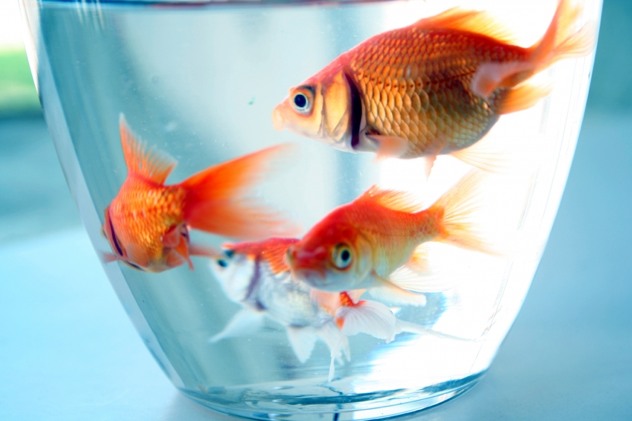
Goldfish having a short memory span—that’s totally untrue. But the abilities of fish go way, way deeper than that—to the point that they’re able to teach each other.
In one experiment a fish was put into a tank with a net in it that had a small hole. After learning where the escape route was the fish was removed. A year later, when dropped back into the same tank the fish was immediately able to recognize its surroundings and escape.
Even more amazing still is that fish taken from the wild, when dropped into a tank full of fish that have never seen the open ocean, are able to teach their captive brethren how to recognize predators and survive on their own. Dr Brown, the researcher who conducted the above experiment, even noted that trained fish could be used to train other fish “en masse” meaning that a fish army is entirely possible.
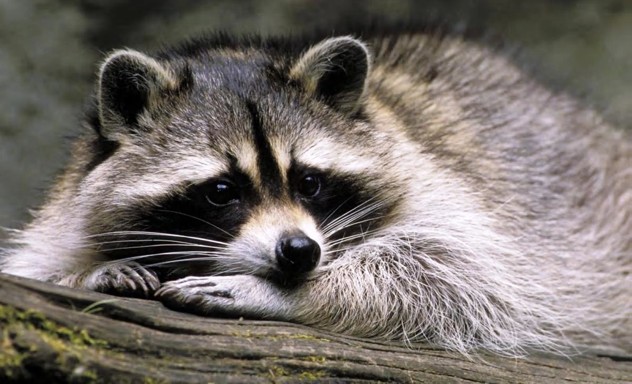
Raccoons, with their bushy little tails, people hands and tiny adorable bandit masks don’t exactly scream “intelligent animal”, however in the few experiments ever conducted to gauge their cognitive abilities, raccoons aced everything.
In fact, the raccoon was actually supposed to be the standard, go-to lab animal but scientists found them too difficult to keep in cages because they kept escaping and stealing things.
In one experiment raccoons were placed in direct competition with rats, dogs and children. The experiment was simple, the animals and children had to recognize which of three light bulbs was going to turn on after a brief delay. Though dogs were able to do so with a delay of 5 minutes compared to raccoons paltry 25 seconds, the raccoons were able to do so while not even looking at the light bulbs, something only the children were also capable of.
In another experiment, using its fury little people-like paws, the raccoon was able to recognize objects entirely through touch. Something very few animals have ever shown the ability to do. In fact, when placed in direct competition with lab students they performed equally well. As a bonus they were even able to remember the objects over a year later to obtain a reward.
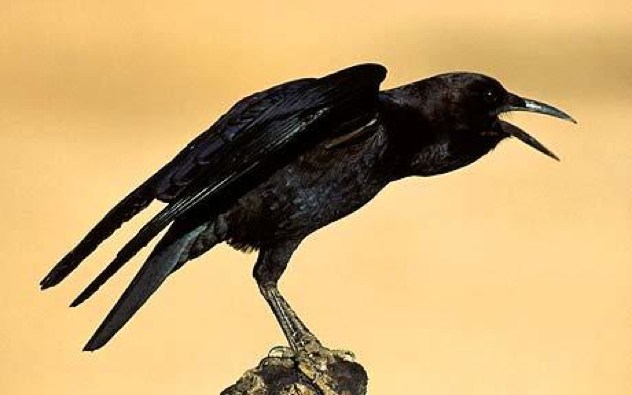
Crows, despite having brains smaller than a dolphin’s eyeball, are smart to the point it’s wondered (by us) why they haven’t yet taken over the world. They’ve been shown to use tools, recognize humans and even play pranks on each other.
However, one of the most surprising experiments was one that showed that crows could possess a human-like ability known as “theory of mind”. In other words, crows could be able to judge the emotional and mental state of other members of their species.
In an experiment a western scrub jay (a member of the crow family) was given an opportunity to hide some food with or without another bird present. It was noted that in the cases where another bird was present and thus represented a risk of said food being stolen, the jay would invariably move the food to another hiding place if given the chance to.
Octopuses’ (or octopodes’) intelligence is one of the most scrutinized areas of research in the animal world as so many experiments have been done regarding the intelligence of these creatures.
Some experiments suggest that, like us, some of them have a preference for their right or left side. Another, more famous experiment is the well known bottle test, in which an octopus was given a bottle containing a fish, after only a few minutes said octopus was able to open the bottle and get the fish.
Researchers suggest that this shows that the octopus may be capable of what’s known as “observational learning”. Though some scientists disagree with this conclusion, the videos demonstrating this behavior certainly are convincing, not to mention terrifying.
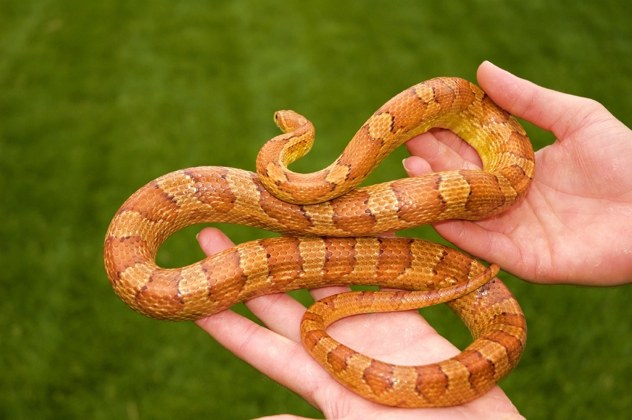
Being a creature born without legs or opposable thumbs, it would be pretty cruel not to give the snake the ability to at least think its way around a problem. Early experiments conducted on animals of the slithery kind suggested that they didn’t possess much capacity for cognitive thought and were branded as being rather clumsy.
However, in an experiment conducted by neuroscientist David Holtzman, several corn snakes were placed into small plastic tub with a number of number of visual cues indicating how to escape. After only one successful escape the snakes were then able to recognize the cues to navigate their way around the test area with no problems.
It was also noted that older snakes performed better than their younger rivals, because even in the snake world experience beats youth. Even more surprising, the experiment showed that snakes traversed their environment using their vision just as much as they used their sense of smell, completely smashing apart the myth that rely mostly on their sense of smell to navigate an environment.
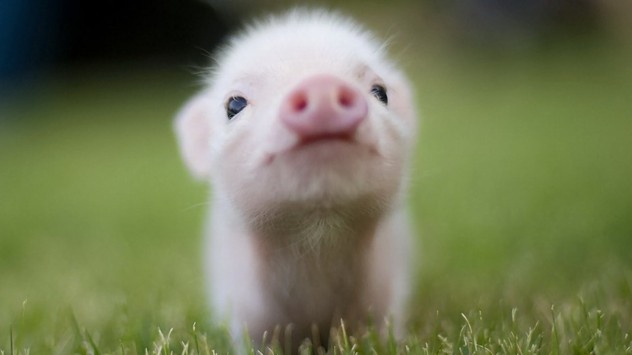
Pigs are known for two things: being stupid and being dirty. Neither of which are true and the former of which we’re going to discuss now.
The cognitive abilities of the common pig are remarkable to say the least. Not only are pigs able to remember where exactly food is located and in what quantity, but they’re also able to recognize when another pig has found food. Even more amazing is that a pig can recognize when another pig is following it and can use a variety of techniques to throw that pig off its trail.
But the most impressive experimental result came about when a researcher decided to put a mirror into a pig pen. The pigs were quickly able to use the mirrors to better orientate themselves within their environment and find food. Though it wasn’t clear if the pig was able to understand that the mirror was a reflection of itself, the sheer fact they were able to use the device to better understand their environment shows a level of mental ability on a par with some of the smartest animals on Earth.
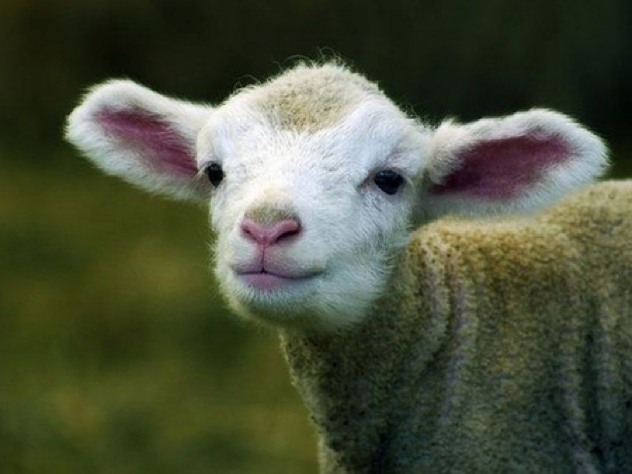
The word sheep is the universal insult for someone so weak and unintelligent they’ll blindly follow someone or something. Yet despite this rather negative connotation the sheep is a creature capable of some remarkable mental feats equalled in some ways, only by humans and primates.
In experiments conducted by the University of Cambridge, sheep were shown yellow and blue buckets. One of the buckets contained food, the other did not. Sheep were able to pick up on this pattern just as quickly as monkeys and even humans would.
In another, far more difficult test of intelligence, the sheep were required to learn that food was held in a container of a certain shape—a test they quickly passed with comparable speed to a “slow monkey”, which is still fairly impressive.
Scientists even suggest that the humble sheep is capable of both recognizing human faces and emotions as well as route planning and forward thinking.
Karl Smallwood is a freelance writer trying to make his way in the world, if you’re reading this he probably isn’t doing half bad. If you want to read some other work he’s done, he has a goal to document every ass-kicking athlete from history and can be found on Twitter by clicking right here.
